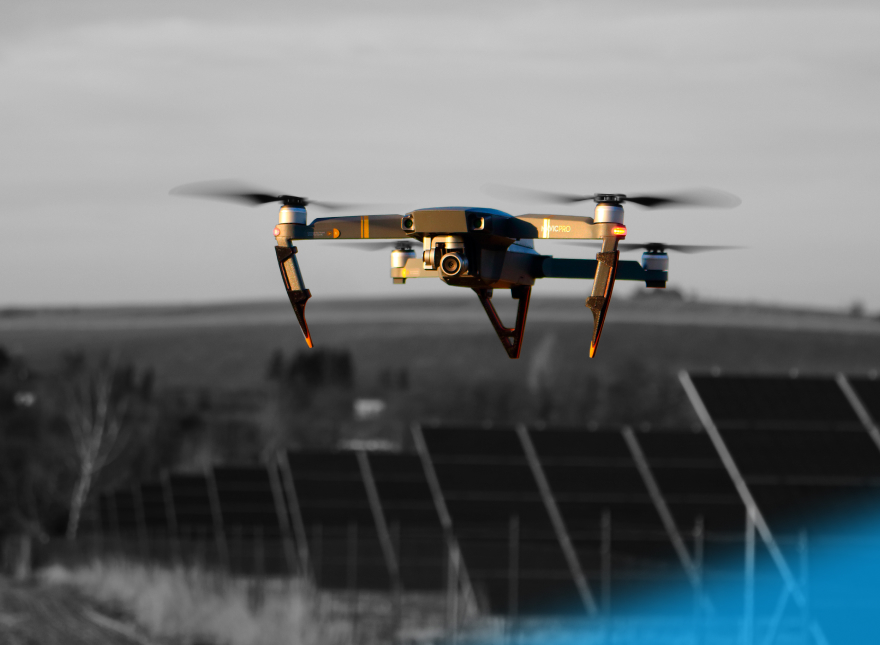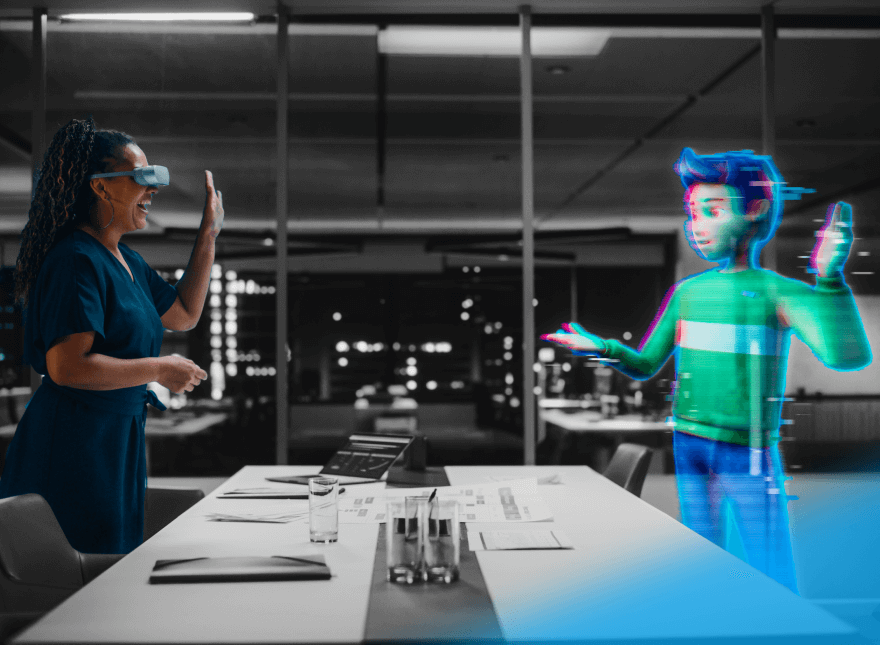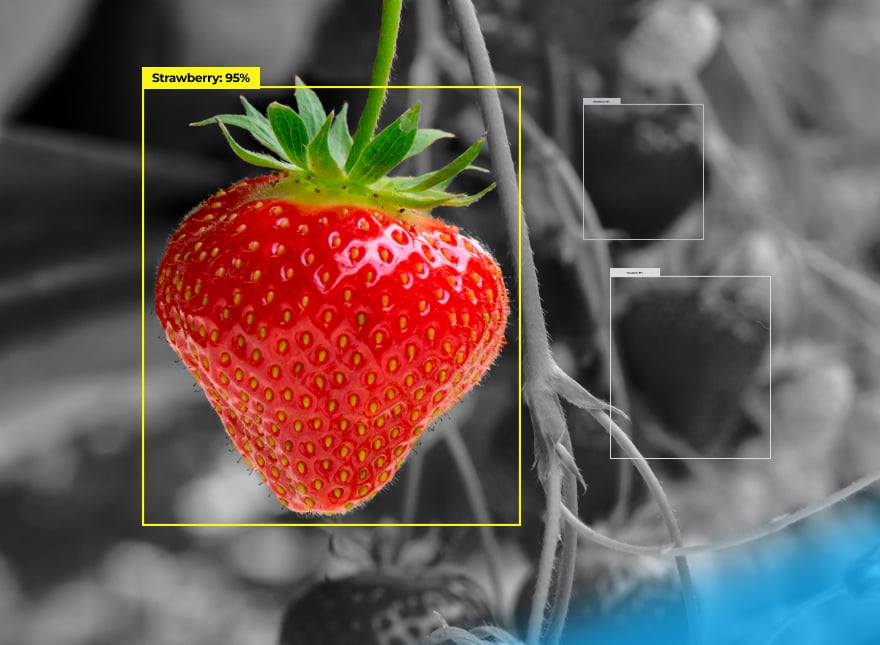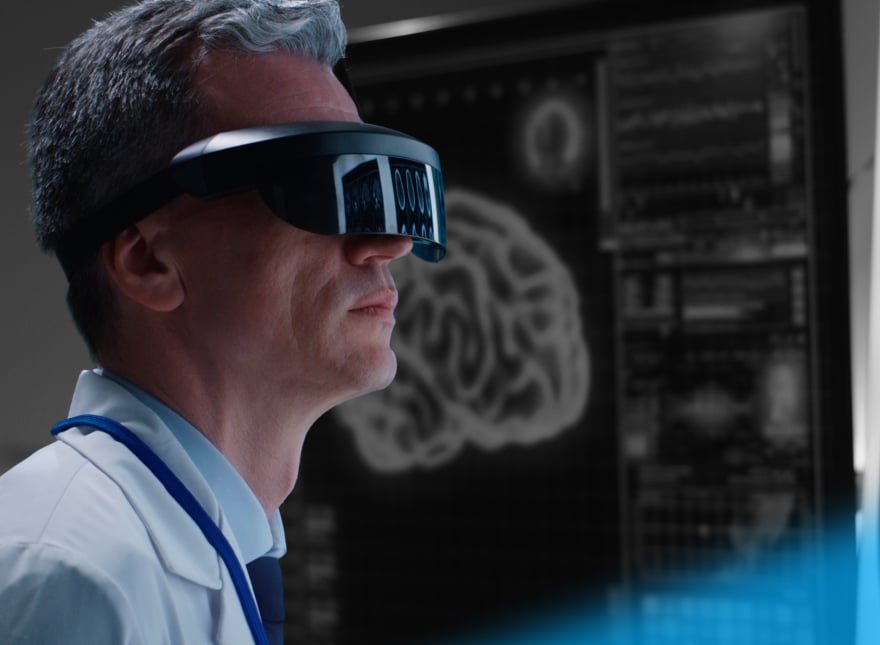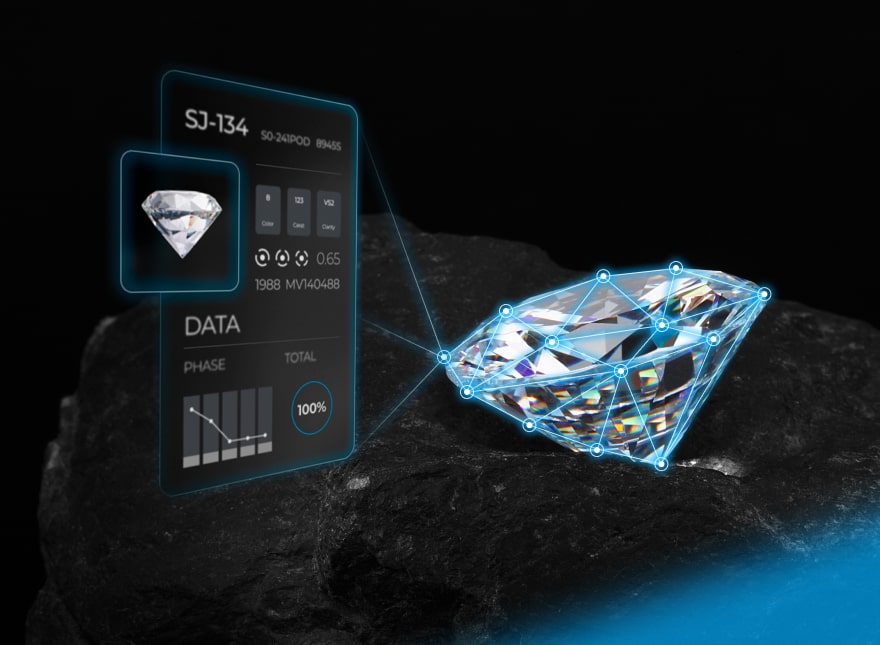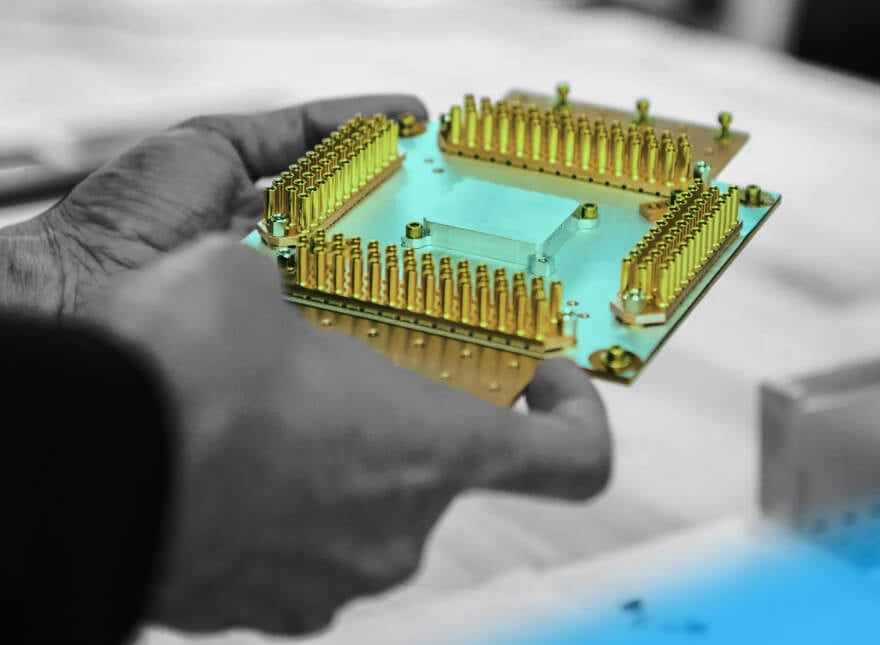Check out our latest blog article: From component to enterprise – modular robotics done right.
How Experiential Tech Transforms Traditional Business Sectors: Real-Life Use Cases
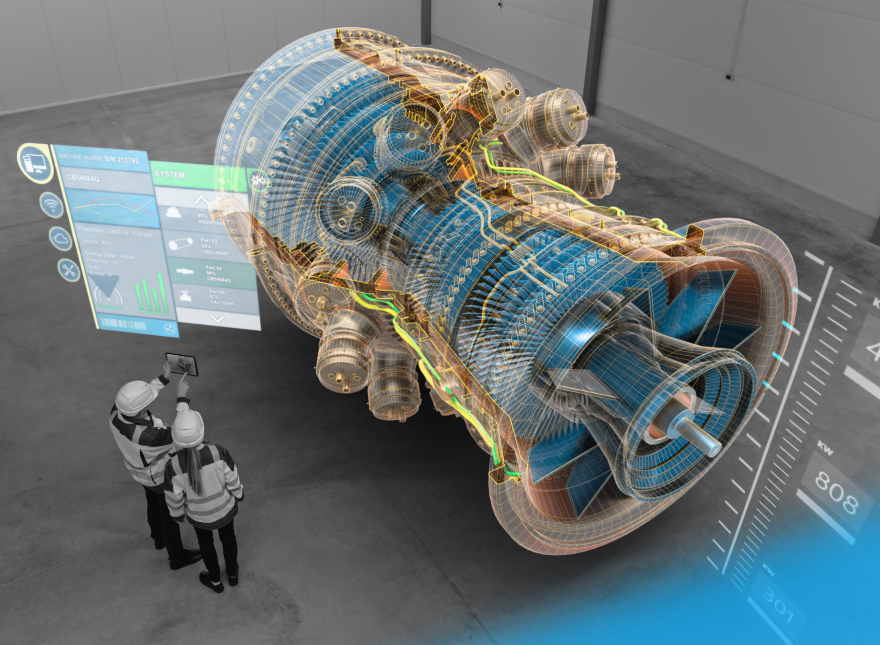
“Immersive technology is great. Take it if you want to make a kid laugh,” said a colleague of mine five years ago. I wonder how he would put it today. “Immersive technology is amazing! Make sure your doctor knows how to work with it before you go to the operating room.”
The technology has gone well beyond its traditional boundaries of media and entertainment. It still amazes people and brings the wow effect to customers. But extended reality (XR) can deliver more value than this. It increases safety at work and in hospitals. It promotes better collaboration among team members. And of course, it revolutionizes retail.
In this article, we’ll dive into experiential, or immersive, technology trends and check out five real-life use cases from different industries.
Experiential Technology Explained
Experiential technology is a catchall term for real and virtual combined environments. The level of immersion into such an environment and the tools used to interact with it can differ.
Augmented Reality (AR)
Core idea: A human perceives mixed reality but doesn’t interact with it.
Popular use case: A customer gets more information on a product or event by using an AR-based mobile app.
Hardware: A common device for interaction, such as a phone or tablet, or smart glasses and headsets.
Mixed Reality (MR)
Core idea: Mixed reality enables a human to get in contact with digital elements.
Popular use case: A trainee interacts with a manufacturing asset’s digital twin.
Hardware: A wearable device that overlays the digital atop a real-world setting or gives virtual video instruction.
Virtual Reality (VR)
Core idea: VR products blur the line between the physical and virtual worlds.
Popular use case: A worker becomes fully engaged with a digital reality during training or internal communication.
Hardware: HTC-VIVE, Oculus RIFT/Quest, and Samsung Gear based on on-headset computers.
XR looks attractive to businesses, and 91% use or plan to use it in their digital transformation solutions. Yet, many are unsure about how to start and don’t see XR’s immediate value. The image of a headset from a sci-fi movie doesn’t correspond with an everyday routine like task completion or training. But this perception will soon change.
Tech giants have taken incredible steps to make the technology smarter, cheaper, and easier to use. For example, one out of five Meta personnel work in the company’s AR/VR division called Facebook Reality Labs. The Labs focus on creating affordable and powerful AR glasses and VR headsets.
Here’s a handful of real-life examples from five industries where XR has brought dramatic changes to a brand.
Use Case 1: Manufacturing
54% of manufacturing companies are willing to adopt and develop XR strategies by 2025. A real boom started when the COVID-19 pandemic struck. Back then, manufacturers wanted to provide better opportunities for remote work. Now the trend is changing. They see the value of XR for the digitalization of work processes, task automation, and reskilling or upskilling their workers.
Here are a couple of examples of how implementing immersive technologies can impact manufacturing:
- Workers use AR devices to see a new factory layout before it’s set up. They check it and make alterations before it gets too costly.
- Maintenance crews create a walkthrough in a virtual environment. They can study, inspect, and test digital representations of assets there.
- Immersive training with smart wearables provides step-by-step virtual experiences in real-world facilities. New staff can receive task guidance, contextual documentation, and other resources to get help quickly.
Real-Life Example: Airbus Leverages XR for Manufacturing and Training
Airbus is a pioneer in using the Azure MR environment and HoloLens 2 in their work.
Firstly, XR is used to improve the team’s functionality and safety. A worker with a HoloLens-based device receives overlay text, stats, and other data relevant to their ongoing task. For example, it can be the current temperature of the running equipment or an indicator that the asset is malfunctioning.
Secondly, the company uses XR solutions to accelerate and improve aircraft design. With AR wearables, workers can visualize a finished product and make any necessary amendments.
Benefits at a Glance
- Timely and precise data collection
- Personnel act before equipment failures occur
- Best practices are digitized and deployed
Use Case 2: Immersive Learning
In the past, only the military and healthcare could afford XR technologies in training. Today, immersive learning is showing up in other industries, from plant work to white collar. The reason is simple: XR-assisted training helps achieve greater information retention.
This has become extremely important in the post-pandemic era. Many teams continue working remotely, and staff finds it too boring to get new information in the form of written instructions or YouTube videos.
Real-Life Example: BMW Implements XR for Training and Upskilling its Workforce
BMW found itself dealing with increasing training costs. Another problem was a growing percentage of digital natives coming to work for the company. It was hard for younger generations to digest information in an old-fashioned way.
The company decided to integrate XR. They started with 360-degree videos that allowed workers to immerse themselves in virtual reality. It paid off: newcomers went through training modules a lot quicker. So BMW took the next step. They became a beta tester for Tooling U-SME’s virtual manufacturing labs. Trainees studied in a classroom where XR created a virtual reality for them. Now they can do tests and check how the equipment is running in a safe and interactive environment.
But BMW didn’t stop here. Today, they are experimenting with overlaying and other elements of mixed reality in their training programs.
Benefits at a Glance
- Better retention of what employees have learned
- Customizable training process: a worker adjusts visual elements and proceeds at their own speed
- Lower staff turnover
Use Case 3: Office and Coworking
Virtual training is not the only challenge created by dispersed teams. Communication troubles, lack of collaboration, mutual misunderstanding, work-life imbalance— the list is long. XR offers an alternative solution for this; and no, it’s not just face masks or the ice-breaker games we use during our Zoom calls.
What if we continue drinking coffee, chatting, and completing training sessions with our colleagues in Los Angeles, Mexico, and London—but do it in the metaverse?
Real-Life Example: Spatial Creates a Realistic Environment in the Digital Space
The VR company, Spatial, has developed an alternative to 2D images of coworkers on a screen. It virtually recreates an office environment, where workers—their avatars, to be more precise—can talk and interact. The experience is not yet perfect. Avatars may look a bit awkward, and their body movements are not 100% realistic. But the idea is very ambitious and could become a gold mine in the future.
Benefits at a Glance
- Simplified interaction between coworkers within an interactive digital twin of an office
- Fighting “Zoom fatigue”
Use Case 4: Virtual Merchandising
Today brick-and-mortars are more creative and tech-savvy than ever. They have to adapt their businesses to customers who want to socialize, work, play, and shop across the digital and physical worlds.
That’s why offline shops are now home to the widest range of XR use cases.
- XR replaces in-store paper signage. Headset tech allows customers to virtually travel the shop’s area, see the products on the shelves, and add them to a cart.
- A mobile app provides extra information. Shoppers learn about a product’s ingredients, how to prepare packaged goods, apply makeup, and so on.
- XR-backed data generates insights into brick-and-mortar stores. Now, every retailer knows when to restock their stores and how to distribute products on the shelf more effectively.
Real-Life Example: Lowe’s Vision Navigation Uses Indoor Mapping and XR for a Better Shopping Experience
Lowe’s is a huge American retailer serving more than 17 million customers a week. The company has created a mobile app with XR functionality to help its clients navigate its huge range of stock more easily. A customer comes to Lowe’s with a shopping list on their smartphone. The app guides them to each item using the most efficient route around the store. It also provides product reviews and additional information about each product on the list.
Benefits at a Glance
- In-store traffic growth
- Efficient product display
- More informed shopping decisions for better customer satisfaction
Use Case 5: Healthcare
XR is probably the most trending tech in the healthcare industry. We see endless XR use cases in hospitals, primary care facilities, and remote patient monitoring (RPM) programs. Here are a few of them:
- Doctors and staff pull up patient charts on digital screens
- Students practice surgery skills on a holographic body
- Patients with anxiety disorder get XR exposure therapy
Real-Life Example: NuEyes Designs Smart Glasses for the Visually Impaired
NuEyes designs AR smart glasses with a wireless controller. It allows the user to focus, pull back, magnify, and control settings via voice command. It can also make text black-on-white and high-contrast. What’s more, the glasses sync with a mobile phone and provide extra data.
The most touching NuEyes use case was helping a nine-year-old boy see color, faces, and far-away text. The boy can now keep up with his classmates and enjoy normal childhood moments.
Benefits at a Glance
- Applicable in multiple industries addressing low vision, like healthcare, training, and learning
- Hands-free use for regular activities
Afterword
Virtual experiences are becoming the new normal due to affordability and tech advances. That’s why brands want to weave XR into more aspects of the professional and personal lives of their employees and customers. Be the first to offer the right product in your industry/niche. Softeq is here to help you build an immersive technology solution from scratch.
More articles on the topic
